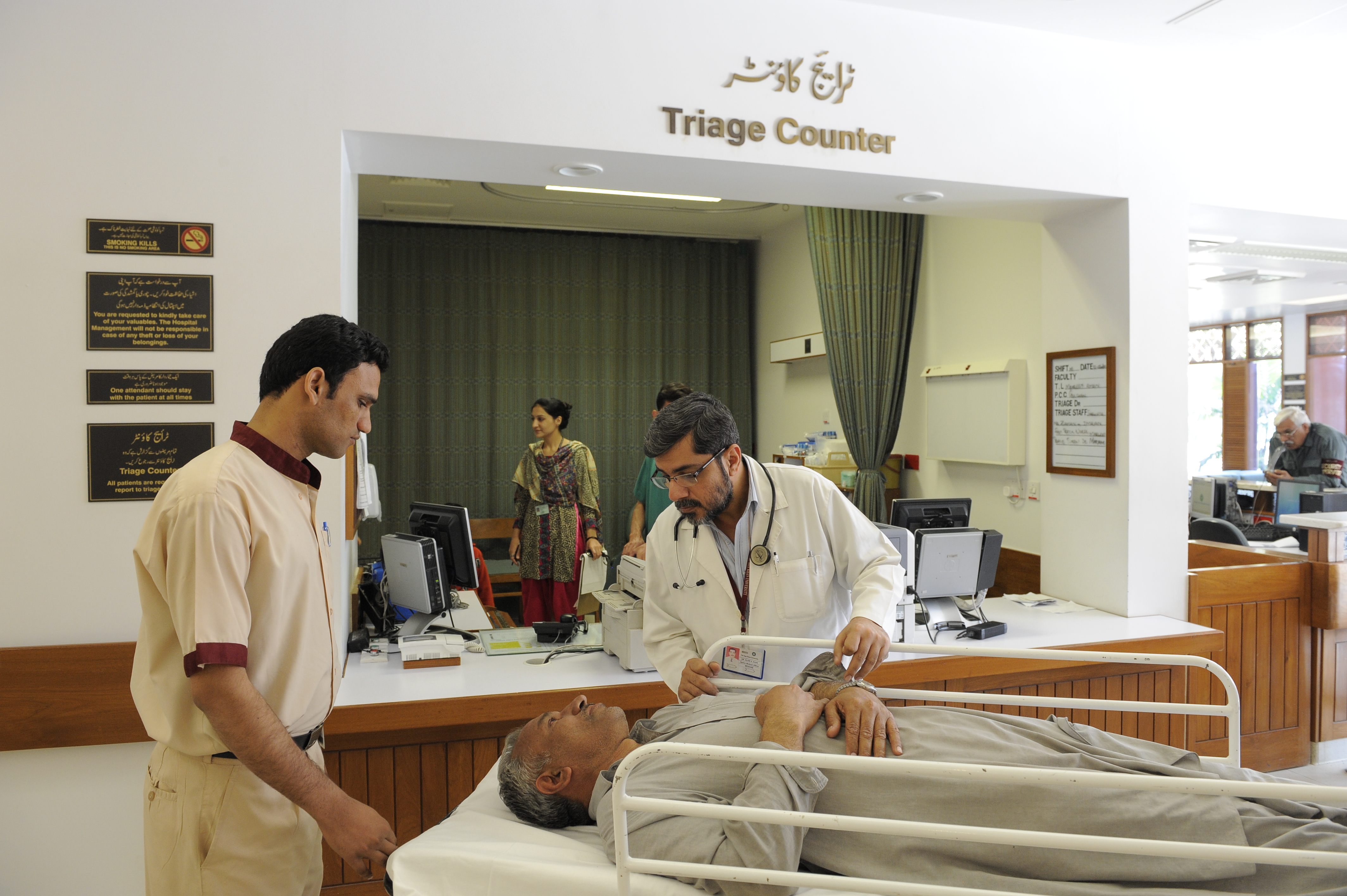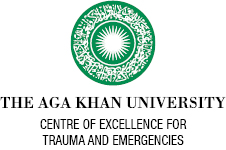
Equi Injury Focuses on Equitable Access to High-Quality Injury Care for Everyone
The Equi-Injury Project is a comprehensive research initiative aimed at improving access to quality healthcare for injured individuals in low- and middle-income countries, particularly focusing on Pakistan.
Background:
Access to quality healthcare for the injured is a significant challenge in low- and middle-income countries. The Equi-Injury Project, funded by the National Institute for Health Research (UK), is dedicated to addressing these barriers and promoting healthcare equity. The Equi-Injury Project employs a multifaceted approach to address barriers to quality injury care, involving various stakeholders and utilizing both qualitative and quantitative methods to drive policy change and improve healthcare equity.
Project Objectives:
- Understand stakeholder needs to improve policy for equitable access to quality injury care.
- Identify factors that help or hinder access to quality care for the injured.
- Create a standardized model for accessing quality injury care.
- Establish consensus on research-driven strategies with stakeholders.
- Gain insights from diverse countries to uncover common solutions.
Approach:
- Utilizing integrated frameworks, including the Three Delays approach, WHO Health System Building Blocks, and Institute of Medicine's Quality Framework.
- Hosting stakeholder workshops with community members, healthcare workers, and policymakers in both urban (Aga Khan University, Karachi) and rural (Thatta) settings.
- Conducting in-depth interviews (IDIs) with policymakers to understand their perspectives on trauma policies in Pakistan and identify barriers and facilitators.
- Conducting rapid qualitative analysis to identify top priorities for policy involvement, mechanisms, barriers, and facilitators.
- Hosting multistakeholder workshops to develop SMART (Specific, Measurable, Achievable, Relevant, Time-bound) strategies.
- Conducting hospitalised patient data collection, facility readiness surveys, staff perception of safety, provider competency assessments, and understanding timeliness components.


